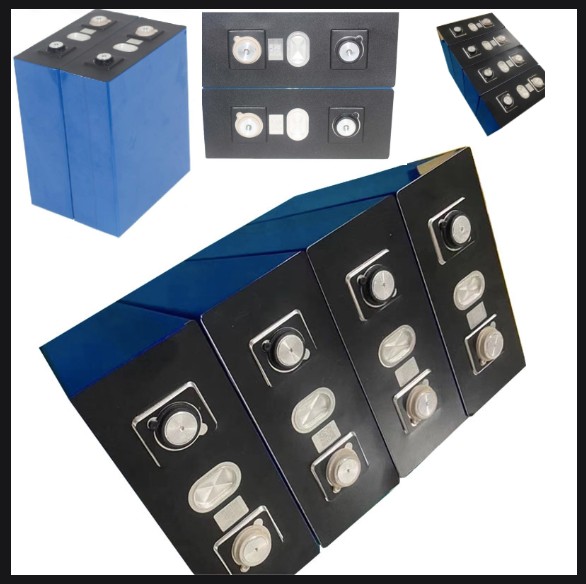Factors such as improving battery technology, supporting government policies and regulations
The launch of new plug-in EV models will drive the EV battery market.
EV battery manufacturers have achieved innovative solutions in battery composition as well as battery design.
Reportlinker.com announces the release of the report “EV Battery Market by Battery Capacity, Battery Form, Propulsion, Battery Type, Material Type, Li-ion Battery Component, Method, Vehicle Type & Region – Global Forecast to 2025” –
https://www.reportlinker.com/p06028779/?utm_source=GNW
An important focus on R&D in EV batteries is also on the reduction of volume that the battery occupies.
For example, Samsung SDI modified the anode-cathode battery separator significantly to reduce the battery size. A Chinese EV battery manufacturer, CATL came up with ‘blade-thin’ battery cells that have a thickness of around a centimetre.
The cells are stacked up to form a battery system.
Apart from reducing battery size, companies are also working on using different battery materials for improved battery performance. Companies like Toshiba, Targray, and Altairnano have adopted lithium titanate and graphite as anode and cathode materials, respectively.
The materials improve battery safety and lifetime. In addition, there is a significant emphasis on the location of the battery in an EV.
Battery systems
Unlike traditional vehicles where starter motor batteries are placed close to the engine at the front, the EV battery systems occupy a significantly large portion of the car space and are often placed at the bottom of the vehicle.
Researchers are synthesising battery systems such that they are smaller in size, have more energy density, and can be placed closer to drive wheels such that the size of the drivetrain is reduced as much as possible.
Recent developments in the electric vehicle market have led to the introduction of batteries with improved specifications.
While these batteries are expected to enhance the performance and range of electric vehicles, factors such as the limited range of electric vehicles, significant charging time required, high price of EV batteries, the life of batteries, and availability of charging stations make users hesitant to opt for electric vehicles over ICE vehicles.
Thus, EV battery manufacturers are focusing on overcoming these factors by developing advanced batteries with innovative fast- and rapid-charging solutions.
As of January 2021, the global EV battery market, by propulsion, is dominated by hybrid electric vehicles. Electric vehicles were initially commercialized to reduce the emissions from traditional fossil-fuel run ICE vehicles.
Hybrid electric vehicles
As a result, hybrid electric vehicles still hold the largest share of the market as of 2021. However, the increasing focus on replacing conventional ICE vehicles with environment-friendly vehicles that run on pure electrical energy is expected to boost the market for BEVs exponentially, creating opportunities for EV battery makers.
The medium & heavy trucks segment is expected to be the fastest segment in the forecast.
Medium trucks are generally used for distribution and refuse services, while heavy trucks are preferred for long haul transportation.
The use of electricity as a fuel in medium & heavy trucks have encouraged several OEMs to launch electric trucks in 2021, which will eventually boost the EV battery market.
NEXT eMobility Solutions
For example, Navistar, which has launched its new business unit called NEXT eMobility Solutions, has plans to introduce international medium-duty electric trucks in 2021. The Tesla Semi, Tesla’s electric heavy-duty truck with a range of 500 miles, is also expected to begin production in 2021.
All these upcoming projects raise the production of electric vehicle batteries globally and thereby drive the EV battery market.
North America is to lead the market for medium & heavy trucks during the forecast period.
The presence of OEMs like Peterbilt, Freightliner, Kenworth, and Navistar and their focus on the production of electric medium-duty trucks drive the market in this region.
The demand for these trucks is expected to boost the EV battery market, due to the increasing adoption of these trucks for refuse and distribution services. In January 2020, Frito-Lay took delivery of its first Peterbilt EV medium truck model.
Li-ion battery
An electrolyte is an electrically conducted solution present in lithium-ion batteries.It acts as a medium inside the battery that allows ions to move freely between positive and negative electrodes.
The electrolyte helps attain safety and high performance in lithium-ion batteries. There are many different types of compositions possible and available, yet not all of them are compatible with other battery components.
Most electrolytes in lithium-ion batteries are non-aqueous solutions. Electrolytes used for such battery type consist of lithium hexafluorophosphate (LiPF6) salts and organic carbonate solvents such as Ethylene Carbonate (EC).
Electrolyte temperature
Electrolyte operating temperature is limited and is between -20 0C and +50 0C. When electrolytes are exposed to environments that are not within this range of temperature, they could be permanently damaged.
In-depth interviews were conducted with CEOs, marketing directors, other innovation and technology directors, and executives from various key organizations operating in this market.
• By Company Type: Tier I – 52%, Tier II – 9%, and OEMs – 39%
• By Designation: CXOs – 24%, Director Level – 45%, and Others – 31%
• By Region: North America – 29%, Europe – 38%, and Asia Pacific – 33%
The EV battery market comprises major companies such as players CATL (China), Panasonic (Japan), LG Chem (South Korea), BYD (China), and Samsung SDI (South Korea).
Research Coverage:
The study covers the EV battery market size and future growth potential across different segments such as by battery type, battery capacity, battery form, method, material type, propulsion, vehicle type, li-ion battery component, and region.
The study also includes an in-depth competitive analysis of the key players in the market, along with their company profiles, key observations related to product and business offerings, recent developments, and key market strategies.





